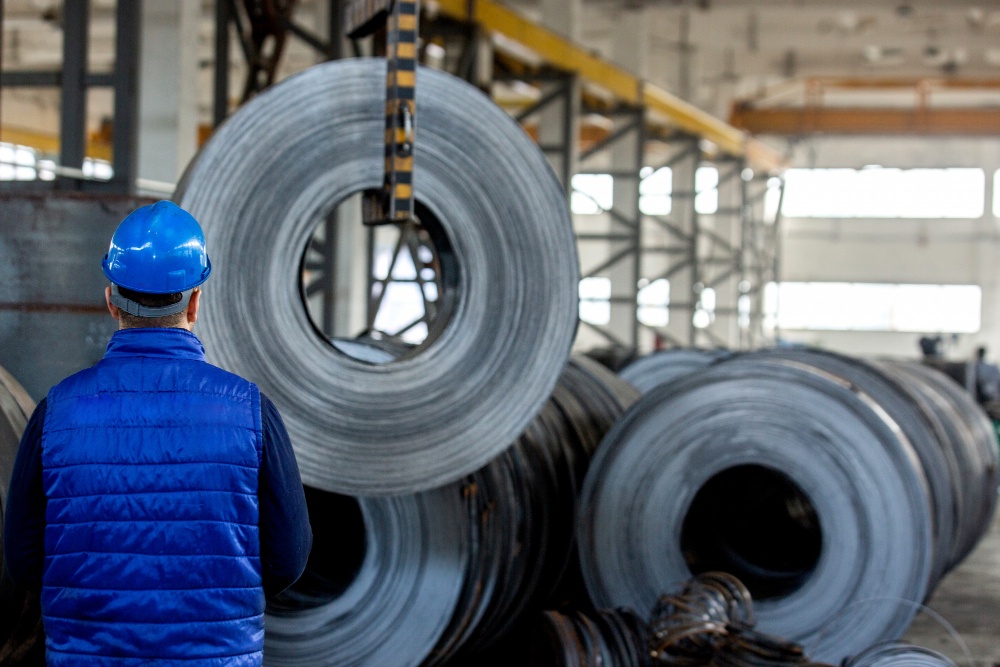The global economy is a complex web of interconnected factors, and the commodities market plays a pivotal role in influencing economic dynamics. Two significant elements in this realm are Hot Rolled Coil (HRC) and the Chicago Mercantile Exchange (CME). HRC, a vital steel product, and CME, a leading commodities exchange, wield considerable power in shaping economies worldwide. In the Indian context, their influence is profound and multi-faceted. This article delves into the impact of HRC and CME on the Indian economy, exploring their forecasts, futures, and broader consequences.
Understanding HRC and CME
Hot Rolled Coil (HRC) refers to a type of steel product that is manufactured through a process involving heating steel above its recrystallization temperature and then rolling it into sheets. HRC is widely used in construction, manufacturing, automotive, and various other industries due to its malleability and strength. The demand for HRC often reflects broader economic trends; increased demand suggests industrial growth and infrastructural development.
The Chicago Mercantile Exchange (CME), on the other hand, is one of the world's largest and most influential commodities exchanges. It facilitates the trading of various commodities, including metals like steel. CME offers a platform for futures contracts, which are agreements to buy or sell a commodity at a predetermined price on a specific date. These contracts enable businesses to hedge against price volatility and ensure a degree of stability in their operations.
HRC Forecast and Impact on Indian Economy
The forecast for HRC demand and pricing holds significant implications for the Indian economy. A surge in demand for HRC globally often signifies increased construction and infrastructure activities. For a developing economy like India, which is continually striving for infrastructural growth, a rise in HRC demand can be a positive sign. It indicates potential investments in real estate, manufacturing, and allied sectors. When global demand for HRC rises, it can stimulate steel production in India, leading to job creation and economic expansion.
CME HRC Futures and their Influence
CME's role in shaping HRC futures cannot be understated. The availability of futures contracts on HRC allows businesses to mitigate risk associated with volatile steel prices. Indian companies heavily reliant on steel, such as those in the construction and automobile sectors, can use CME's HRC futures to hedge against price fluctuations. This, in turn, can stabilize their production costs and shield them from sudden financial shocks. As a result, businesses can plan their operations with greater certainty, fostering a conducive environment for sustained economic growth.
The Reverse Impact: Indian Steel Industry on CME
While the global market influences the Indian economy, the reverse is also true. India's significant steel industry holds the power to influence CME's HRC futures. If India witnesses a surge in steel demand driven by domestic infrastructure projects, it could lead to increased steel exports. These exports might impact global steel prices, thereby influencing HRC futures on the CME platform. Thus, the relationship between India's steel industry and CME is a dynamic and interdependent one, where actions on one side of the globe ripple through to the other.
Challenges of Price Volatility
While HRC and CME offer opportunities for economic growth and risk mitigation, they also bring challenges. Price volatility in the commodities market can disrupt economic stability. Sudden spikes in steel prices, driven by global factors such as geopolitical tensions or supply chain disruptions, can lead to increased production costs in India. This, in turn, might result in inflationary pressures and hinder the growth of consumer-driven sectors. The ability to forecast such price fluctuations accurately becomes crucial for businesses and policymakers alike.
Government Policies and Interventions
Recognizing the significance of the steel industry and its connection to the broader economy, governments often intervene to ensure stability. In India, for instance, government policies related to trade tariffs, export incentives, and infrastructure investments can directly impact the steel sector. By extension, these policies influence HRC production, demand, and pricing. A fine balance between protecting domestic industries and participating in the global market is crucial for ensuring a favorable outcome.
Conclusion
The intricate relationship between Hot Rolled Coil (HRC) and the Chicago Mercantile Exchange (CME) can shape the trajectory of the Indian economy. From influencing infrastructure development to mitigating price risks, HRC and CME play multifaceted roles. Businesses, policymakers, and investors need to closely monitor global HRC forecasts and CME's commodities market trends to make informed decisions. The dynamic interplay between these entities underscores the need for adaptability and foresight in navigating the complex world of international economics. As India continues its journey of growth and development, the impact of HRC and CME will remain pivotal, steering the course of its economic progress.
Source: https://www.party.biz/blogs/135363/327900/how-hrc-and-cme-impact-the-indian-economy


No comments yet